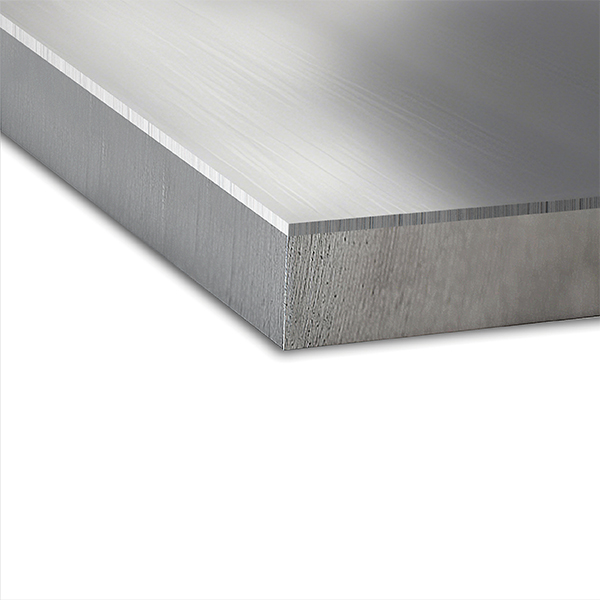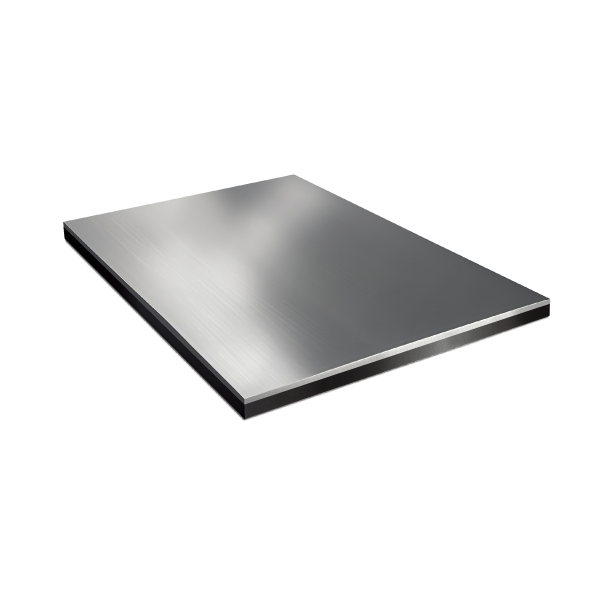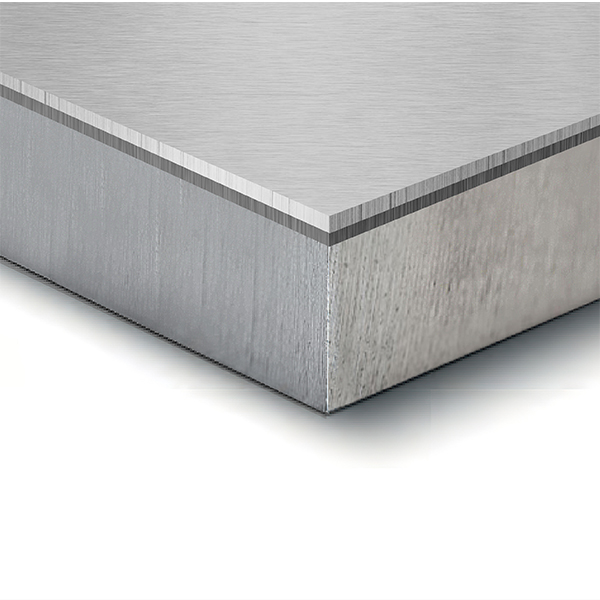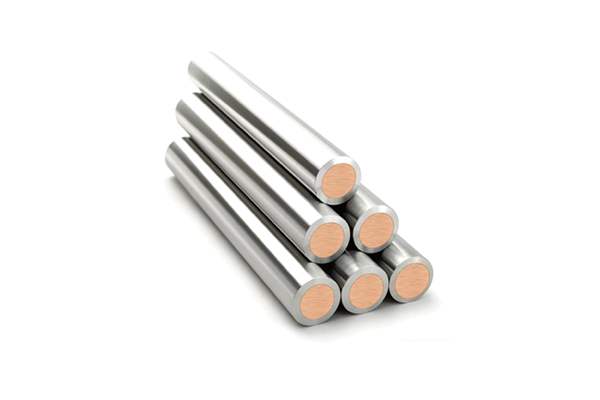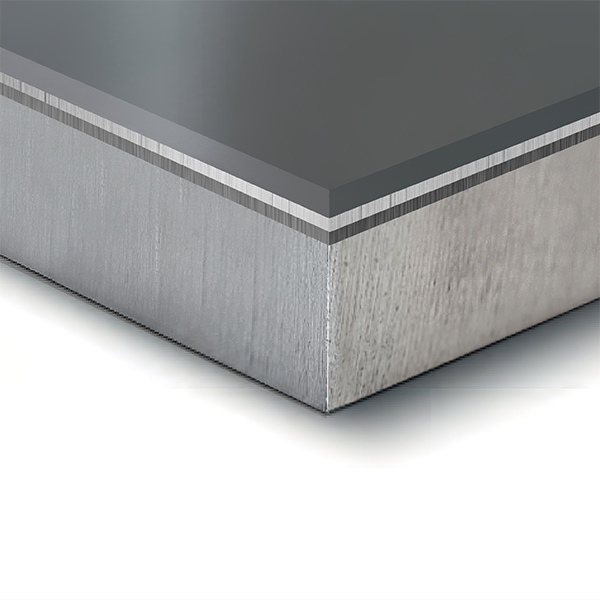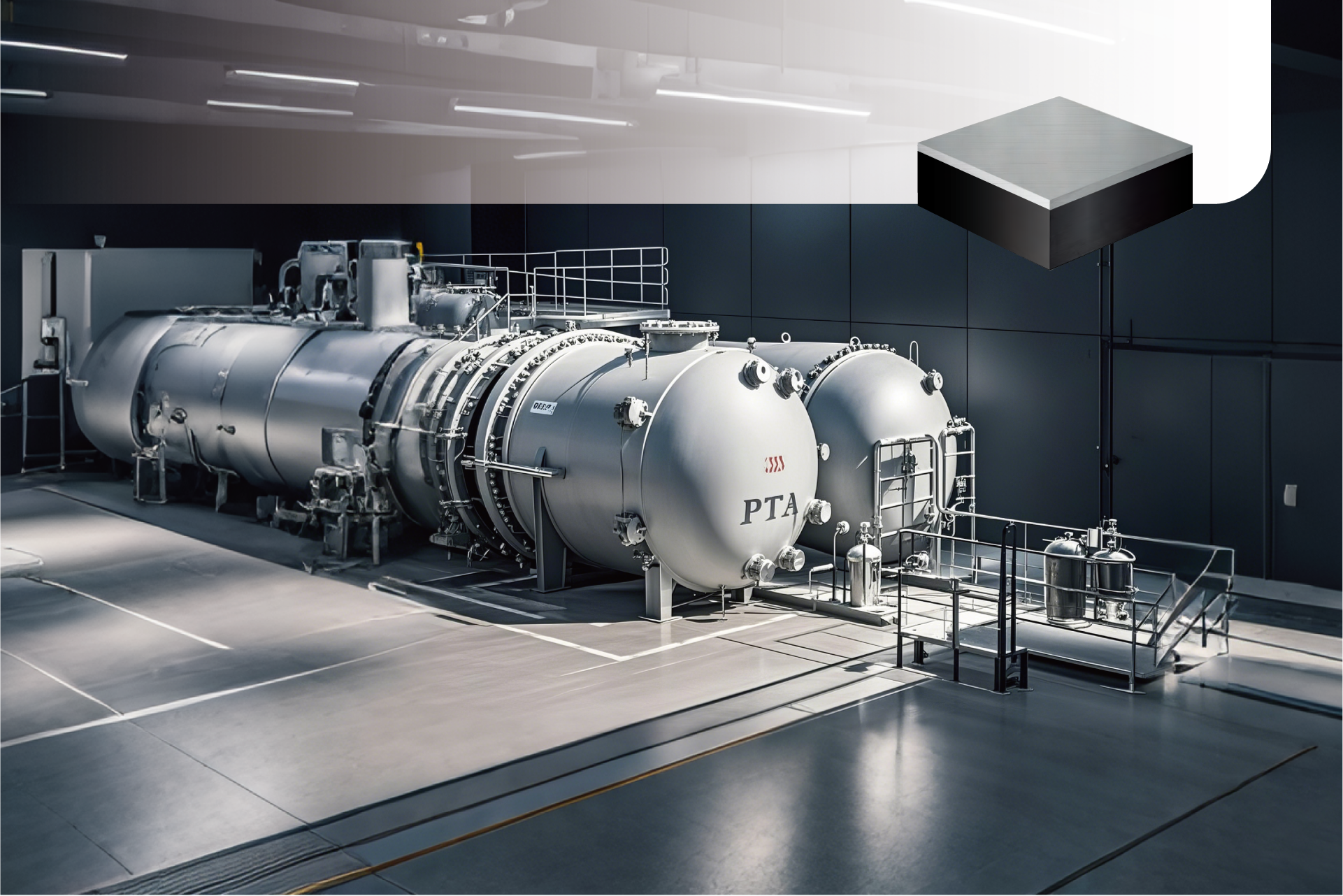
Hastelloy C276 Alloy Clad Plate
Nickel-based alloy C276 clad steel plates combine the exceptional corrosion resistance of C276 with the high strength and cost-effectiveness of carbon steel, making them an ideal choice for chemical, petrochemical, and environmental engineering applications. C276 alloy is nickel-based, enhanced with molybdenum (15–17%), chromium (14.5–16.5%), iron (4.0–7.0%), and tungsten (3.0–4.5%), providing outstanding resistance to pitting, crevice corrosion, and stress corrosion cracking. It is particularly suitable for harsh environments involving strong oxidizing and reducing agents, as well as chloride-rich media. By bonding C276 to carbon steel (e.g., Q345R, SA516 Gr.70) or low-alloy steel, these composite plates deliver excellent corrosion resistance while significantly reducing material costs.
Composite plates are typically manufactured using explosive welding, hot rolling, or a combination of both techniques. Explosive welding is ideal for thicker plates, while hot rolling is better suited for large-scale production of thin plates. The hybrid approach ensures both high-quality metallurgical bonding and optimal plate geometry. These composite plates are extensively used in chemical equipment (heat exchangers, reactors, evaporators), environmental protection projects (desulfurization towers), and the oil and gas industry (storage tanks, pipelines). They excel in handling strong acids, chlorides, and seawater cooling environments.
PRODUCING CONDITION
ASTM A265,ASTM A264,JIS G 3602,NB/T 47002 ect.
ASME SA516, ASTM A516 Gr. 55, 60, 65, 70; ASME SA572, ASTM A572 Gr. 42, 50, 55, 60, 65; ASME SA533, ASTM A533 etc.
ASTM B575 N10276 (alloy C276) etc.
| Clad Layer THX. | TTL THX. | Max. Width | Max. Length | |
|---|---|---|---|---|
| Explosive | min. 2mm | – | 4.5m | 14m |
| Explosive + Rolling | 0.8-2mm | max. 152mm | 4.5m | 14m |
| Rolling | 0.8-14mm | 5-65mm | 4.5m | 14m |
characteristics
Different composite methods have varying requirements for the cladding and base materials. We can provide customized production based on the specific needs of our customers.
Chemical Composition
Clad layer chemical analysis (wt%) as below:
| C | Si | Mn | P | S | Co | Cr | Ni | Mo | Fe | W | V |
|---|---|---|---|---|---|---|---|---|---|---|---|
| Max 0.01 | Max 0.08 | Max 1 | Max 0.04 | Max 0.03 | Max 2.5 | 14.5-16.5 | Bal. | 15.0-17.0 | 4.0-7.0 | 3.0-4.5 | Max 0.35 |
Mechanical Performance
Mechanical performance as below:
| A.A | DIM | SQ | CTM | BR(%) | T.S Rm/(Mpa) | Y.S Rp0.2/(Mpa) | E.L. % | I.B.T d=4a 180° | S.S. τ/MPa | D1 /HV | IC mm/Y | U.T |
|---|---|---|---|---|---|---|---|---|---|---|---|---|
| C.P | PASS | PASS | PASS | 100% | 561 | 370 | 26 | PASS | 453 | 377 | 0.46 | PASS |
| A.A: Analysis Area DIM: Dimension SQ: Surface Quality CTM: Cladding Thickness Measurement | BR(%): Bonding Rate T.S Rm/(Mpa): Tensile Strength Y.S ReL/(Mpa): Yield Strength E.L A/%: Percentage Elongation After Fracture | I.B.T d=1.5a 180°: Frontside Bending angle=180° S.S. τ/MPa: Shear Strength D1 /HBW: Average Hard Test of Base Metal IC mm/Y: Inter-granular Corrosion according to ASTM G28 A U.T: Ultrasonic Testing |
||||||||||
Third Party Certificate
In accordance with ASTM A578/A578M Level B, we perform 100% ultrasonic testing (UT), ensuring a bonding rate of over 99%. Tests for chemical composition, mechanical properties, low-temperature impact, hardness, PWHT (Post Weld Heat Treatment), and HIC (Hydrogen-Induced Cracking) can be conducted as per customer requirements.
Additionally, we provide EN 10204 – 3.2 certification.

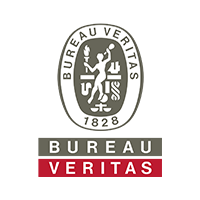

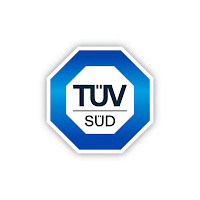

CERTIFICATION
The company has achieved ISO 9001 Quality Management System certification, ISO 14001 Environmental Management System certification, and Occupational Health and Safety Management System certification. Other certifications, such as PED and API, are currently in the application process. Our clad plate products have also received CE certification for pressure vessels, while our marine clad plates have been certified by six national classification societies, including CCS, DNV GL, LR, BV, RINA, and ABS.
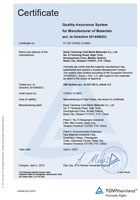
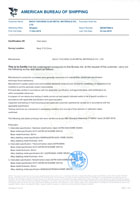
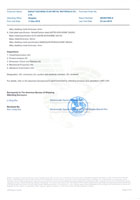
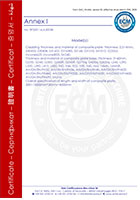
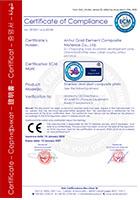
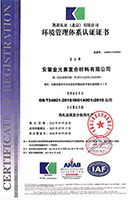

DELIVERY AND PACKING
Below is our standard packing method for export transportation, for other special requirements from our customers, we can customize. The surface of the clad plates is covered with a PE plastic film, followed by a layer of hard cardboard for protection. The outermost layer is waterproofed, and labels are applied to ensure effective identification. The product is then loaded for shipment.
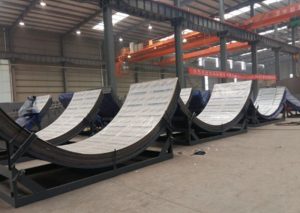
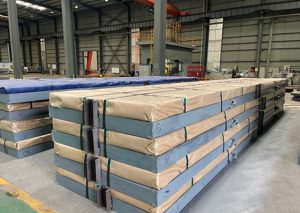
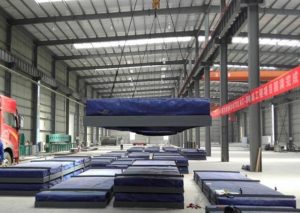
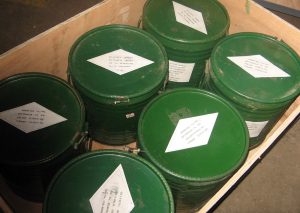
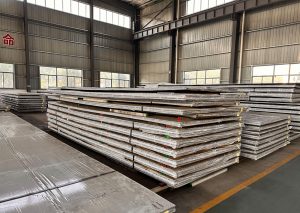

FAQ
Relative Products
Zr Ti Steel Clad Plate
Zr Ti Steel Clad Plate The zirconium/titanium/steel clad plate is a multi-layer composite material typically made by bonding zirconium, titanium, and carbon
Ti Cu Clad Rod
Ti Cu Clad Rod Titanium-clad copper is a composite material created primarily through explosive welding or rolling (with explosive welding being
Ta Zr Ti Steel Clad Plate
Ta Zr Ti Steel Clad Plate The Tantalum/Zirconium/Titanium/Steel clad plate is indeed an exceptional multilayer material. Its sophisticated design provides high corrosion
Contact

